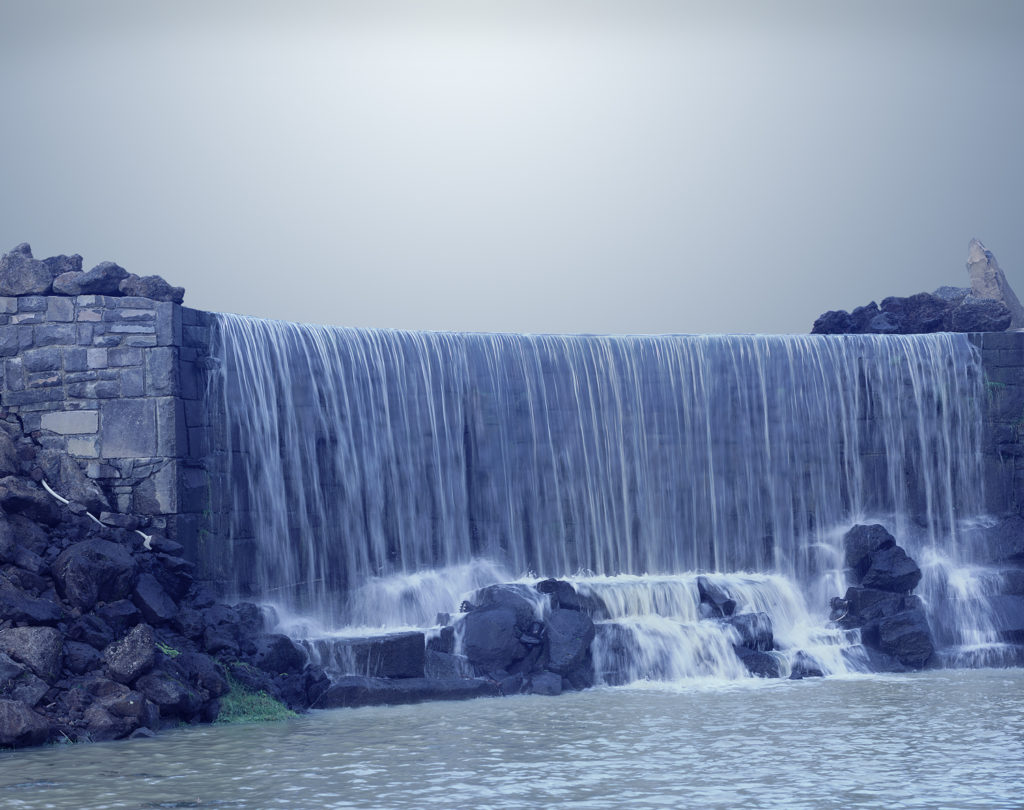CURATORS Robert Leonard, with Claire Regnault PUBLICATION publisher Victoria University Press, Wellington; editor Robert Leonard; texts Anthony Byrt, Justin Clemens, Greg Dixon, Megan Dunn, Misha Kavka, Robert Leonard, Justin Paton, Claire Regnault, Murray Todd, Yvonne Todd, David Townsend
Creamy Psychology showcases the breadth of Auckland photographer Yvonne Todd’s work. It takes over all our gallery spaces on both floors. It’s the first time City Gallery has given so much space to one artist.
Todd trained as a commercial photographer. She uses the generic language of commercial studio photography and quotes from mainstream pop culture, but her off-kilter images express a perverse personal mythology. She is best known for her portraits of female ‘characters’. These are highly styled, using wigs, costumes, makeup, and even false teeth. Todd women—be they cosmeticians, cripples, modest Christians, anorexics, cult members, showgirls, or tragic heiresses—all seem to suffer from some soap-operatic malaise, explicit or implicit. She has also made still lifes and landscapes.
There’s something nasty about the work. When judge Harald Szeemann awarded Todd the inaugural Walters Prize back in 2002, he said her’s was ‘the work that irritated me the most’. Justin Paton later explained: ‘Yvonne Todd has emerged as an uncannily subtle exponent of what might be called The Aesthetics of Meanness, an artist who pursues social discomfort—ours included—as tenaciously as Ansel Adams pursued light on the flanks of Yosemite.’
Todd’s work has a complex relation with feminism. ‘My favourite author when I was twelve or thirteen, Virginia Andrews, wrote gothic tales of beautiful teenage girls involuntarily corrupted by perverse ancestral legacies. The artwork of the books added to this intrigue ... like Hallmark sympathy cards, they possessed a combination of limp serenity and shrill unease,’ Todd explains.
The shiw includes a ‘frock room’, where a selection of glamorous vintage designer gowns from Todd’s collection—including several gowns by Bob Mackie—are presented; some alongside the works they appear in. (There are stories behind these dresses; some were formerly owned by celebrities, including Carol Channing, Liza Minnelli, and Whitney Houston.)
A ‘sources room’ suggests the scope of Todd’s interests and obsessions. It includes photographs by Diane Arbus, Morton Bartlett, Bernd and Hilla Becher, E.J. Bellocq, and Mike Disarmer; a hand-coloured bridal portrait by Spencer Digby; the intro sequence to the movie Valley of the Dolls; Victorian cartes de visite and paper dolls; influential books, including Todd’s collection of Sweet Valley High novellas; magazine spreads featuring commercial photos by Richard Avedon, Steven Meisel, Irving Penn, and Inez van Lamsweerde; Todd’s work books; and more.
The show showcases a new body of work, Ethical Minorities (Vegans) (2014), which includes a self-portrait—Todd is herself a vegan. And there is a sidebar show of portrait photographs that Todd printed from negatives shot by her cousin, the late Gilbert Melrose, at the annual Children’s Fancy Dress Ball at the Walton District Hall, near Matamata, in 1957.






















































































































